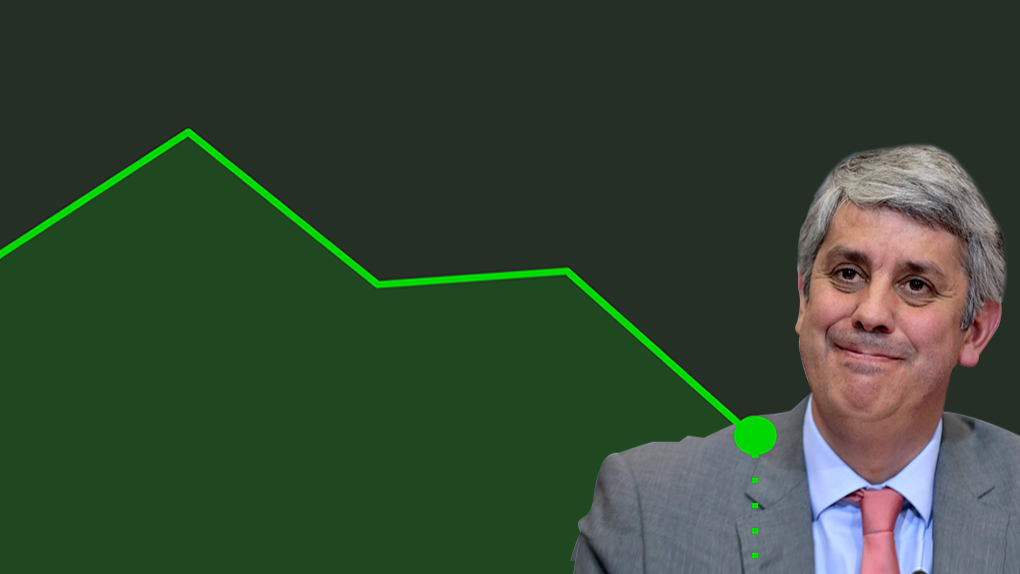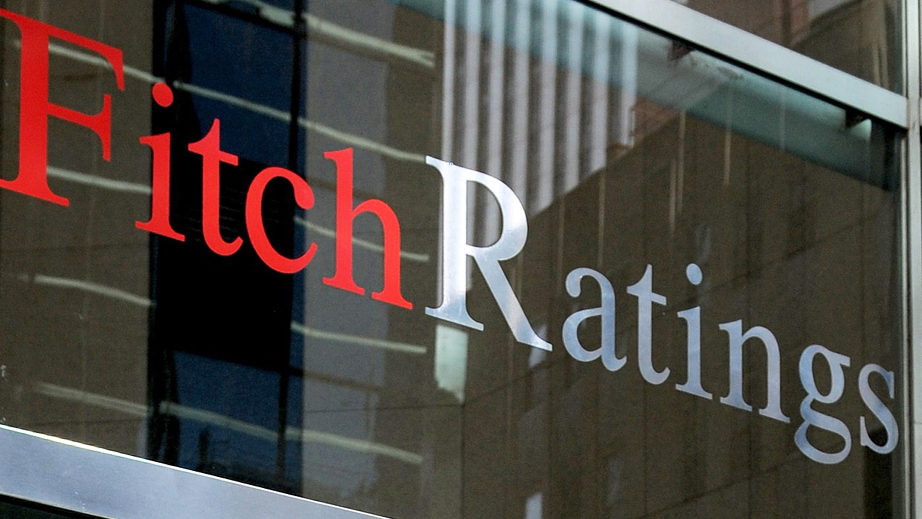Public debt hits the Government’s target. It fell to 126.2% of GDP in 2017
In spite of the absolute value of debt increase in comparison to 2016, the acceleration of the economy allow the debt ratio to fall, meeting the Government's goal.
The public debt ratio shrunk, in the end of last year, to 126.2% of Portuguese GDP. The amount is in line with the goal that was inscribed in the 2018 State Budget and represents a 3.9 percentage points reduction in comparison to the 130.1% ratio registered in 2016.
The data were disclosed this Thursday by the Bank of Portugal. Last year, the absolute value of debt increased in 1.6 billion, ascending to 242.6 billion euros. However, the acceleration of the economy allowed the debt ratio in comparison to GDP to improve. In 2017, the economy grew 2.7%, in what was the largest growth since 2000 and that is justifiable with the acceleration of investment.
The public debt ratio registered in the end of 2017 is the lowest since December of 2012, when the ratio was also of 126.2%. This is also the second time the State was able to reduce the public debt since 2007, when the Bank of Portugal started publishing their records. Throughout this period, the public debt ratio fell only two times: in 2015, to 128.8% (a 1.8 percentage points’ reduction in comparison to 2014) and also last year. The goal for 2018 is that the ratio will fall to 123.5%.
This morning, the Bank of Portugal also publishes statistics concerning companies’ indebtedness. In the end of last year, the non-financial sector’s indebtedness increased in 7.5 billion euros, resultant from a debt increase of 3.8 billion in the public sector and 3.7 billion in the private sector. The financial sector’s indebtedness totaled, therefore, 718 billion euros in the end of 2017.




